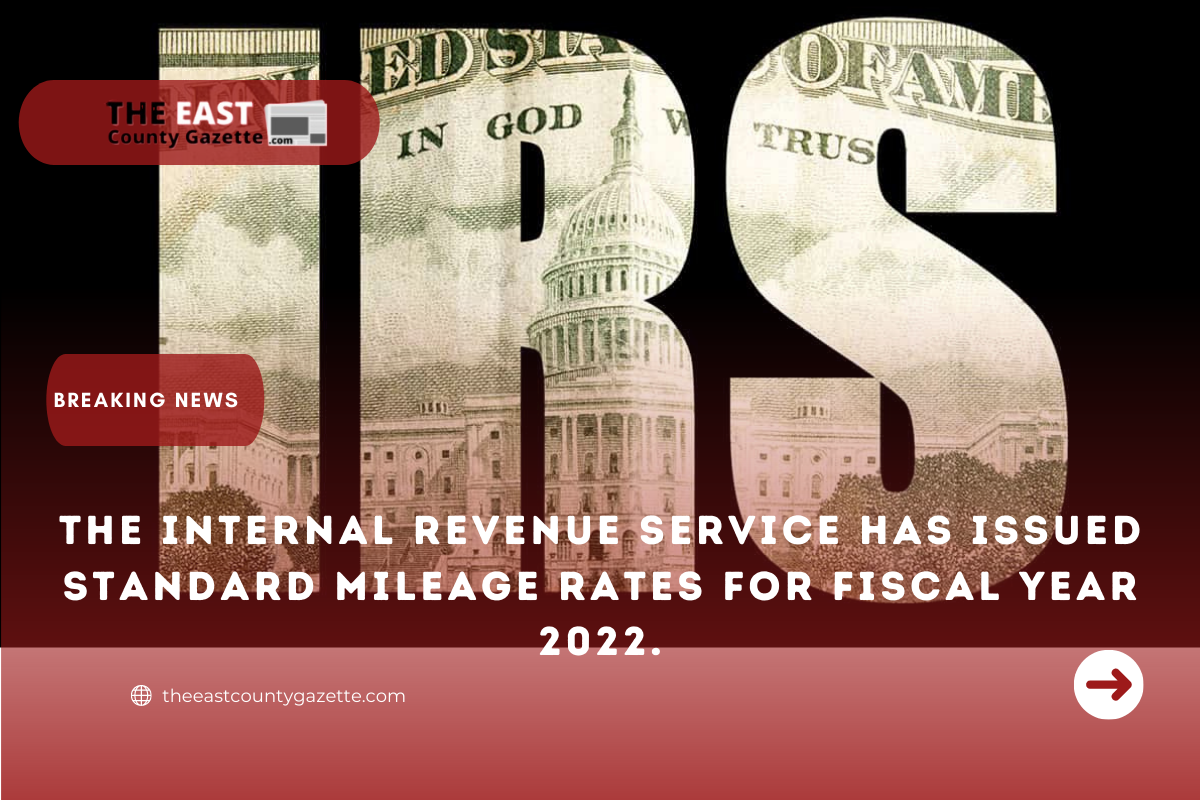The Internal Revenue Service (IRS) published the optional standard mileage rates for 2022 on December 17, 2018.
In order to compute deductible expenditures for operating a vehicle, van, pickup truck, or panel van for business, charitable, medical, or moving purposes, you must first determine what you’re driving and how far you’re going.

Starting on January 1, the following are the regular mileage rates for the use of these vehicles:
- The cost of driving for business purposes is 58.5 cents per mile, an increase of 2.5 cents from the rate in 2021.
- The cost of driving for medical or moving purposes for qualified active-duty Armed Forces members has increased by 2 cents; the rate for driving in the service of charitable organizations has remained unchanged since 2021.
- The cost of driving for medical or moving purposes for qualified active-duty Armed Forces members has increased by 2 cents;
The standard mileage rate for business travel is determined by conducting an annual evaluation of the fixed and variable costs associated with operating a car. Medical and relocation expenses are subject to a variable rate based on the amount of money spent.
According to the Internal Revenue Service, taxpayers who incur unreimbursed employee travel expenditures cannot claim a miscellaneous itemized deduction under the Tax Cuts and Jobs Act.
Read More: Can Americans Anticipate Stimulus Checks in 2022?
They also cannot claim a deduction for moving expenditures unless they are members of the Armed Forces on active duty who are being transferred to a permanent change of station as part of their job duties.
According to the news, taxpayers will have the option of assessing the actual costs of operating their vehicle rather than relying on conventional mileage rates.
According to the IRS, taxpayers can elect to use the regular mileage rate, but they must do so within the first year that the vehicle is available for business use.
Later on, they will be able to select between using the normal mileage rate or real expenses for reimbursement.
If the taxpayer chooses the standard mileage rate approach, leased cars must be used for the whole lease period (including renewals) if the standard mileage rate method is used.
As part of its announcement, the IRS also released Notice 22-03, which covers the optional 2022 standard mileage rates, as well as the maximum automotive cost utilized to determine the allowance under both a fixed and variable rate plan, as well as other information.
As part of this notification, employers are advised that the maximum fair market value of employer-provided automobiles that are made available to employees for personal use for the first time in the calendar year 2022, for which they may use either the fleet-average valuation rule or the vehicle cents-per-mile valuation rule, will be determined in the calendar year 2022.

